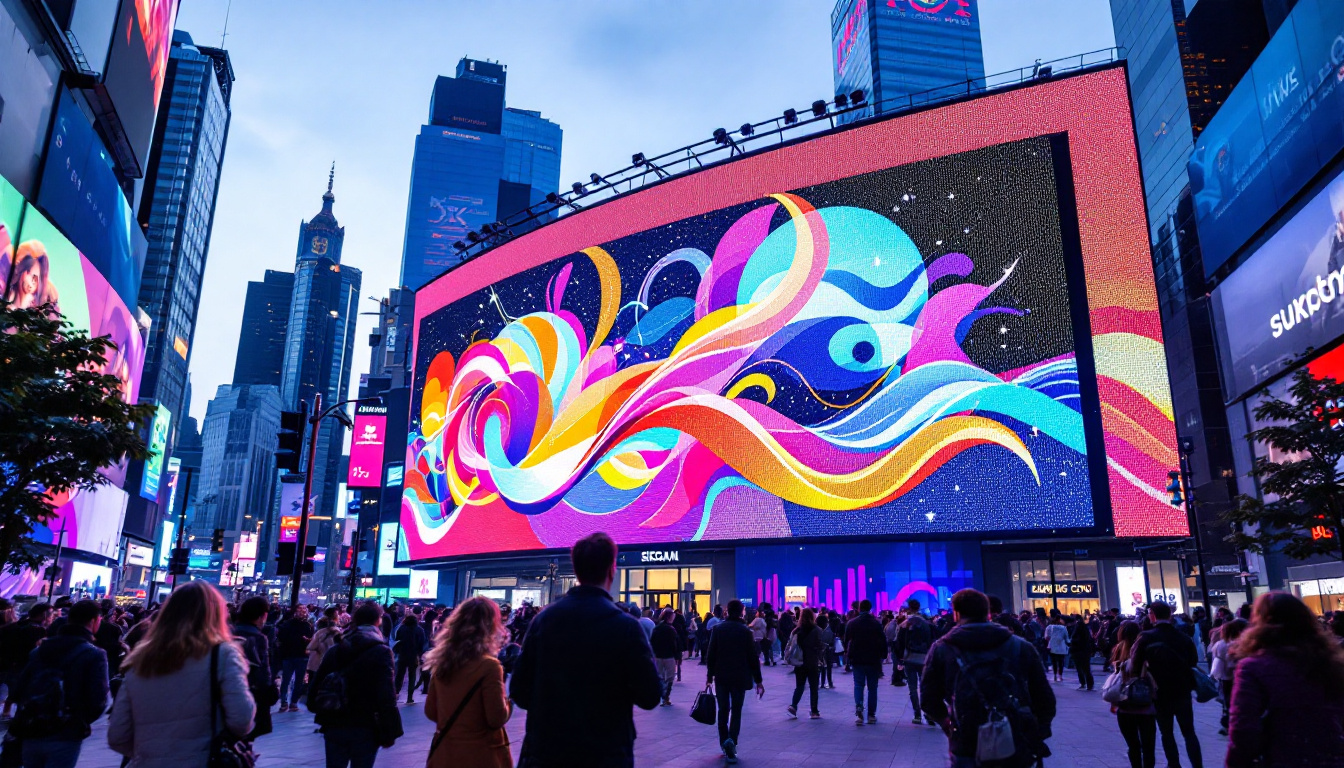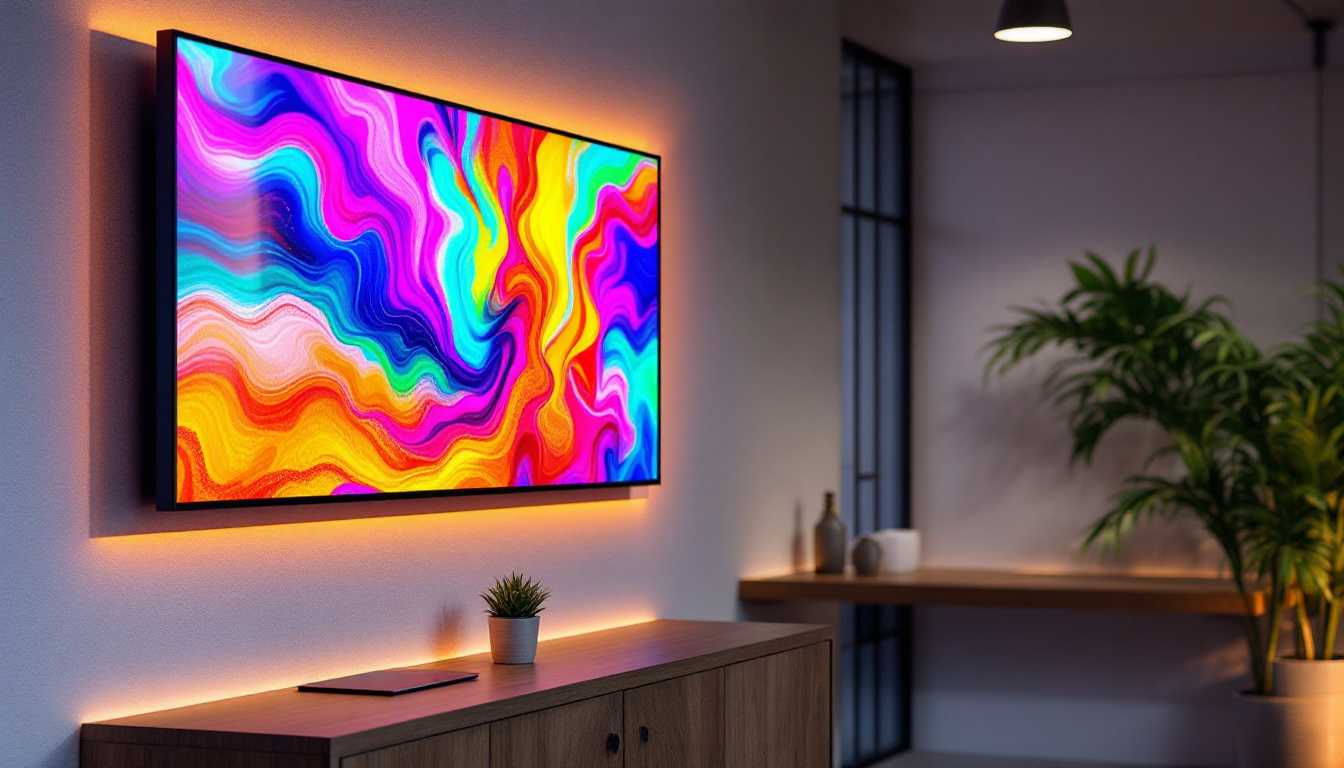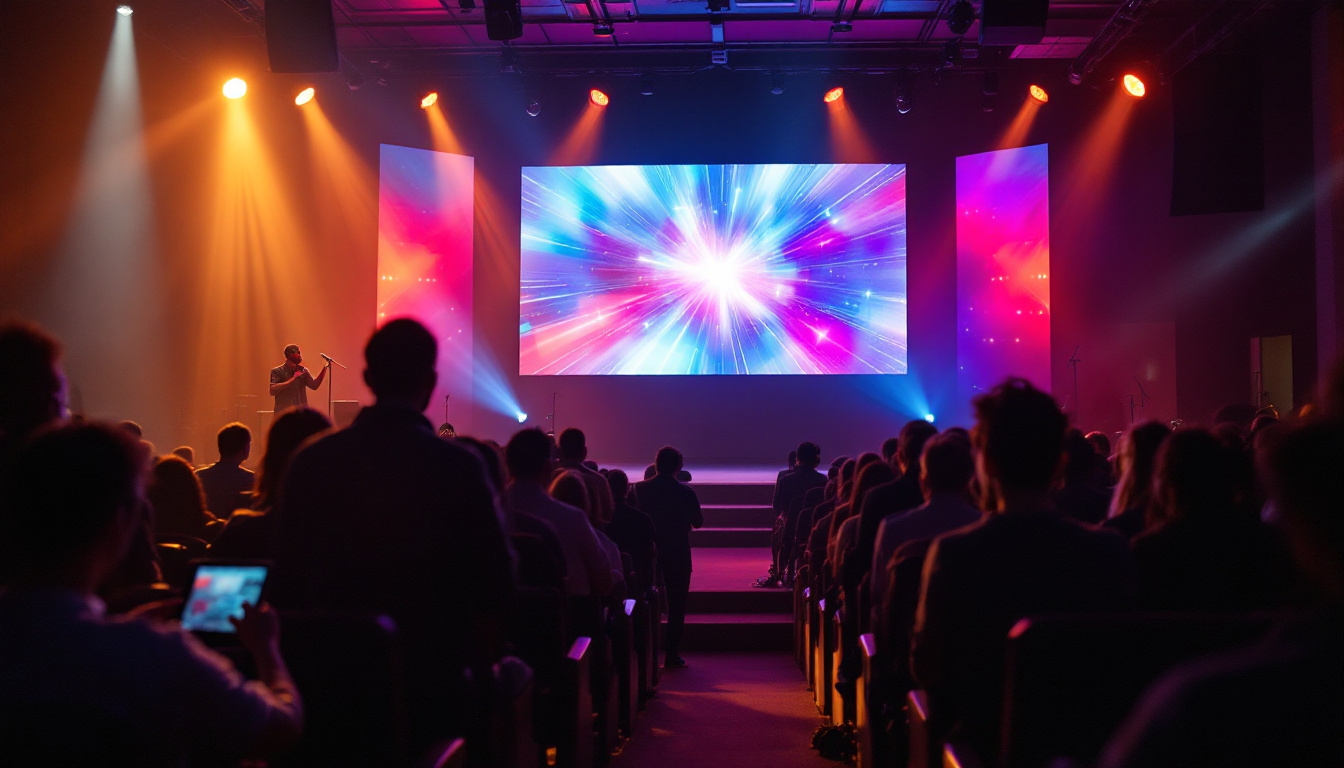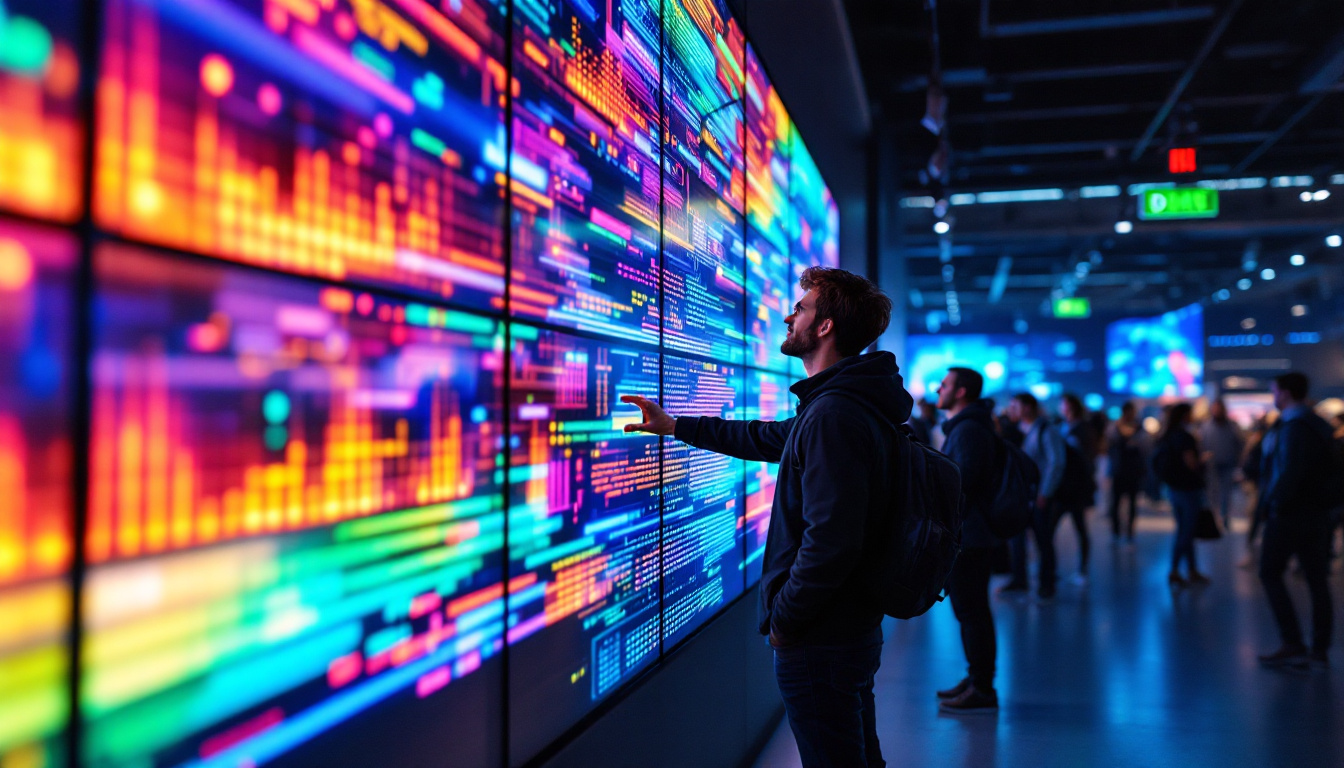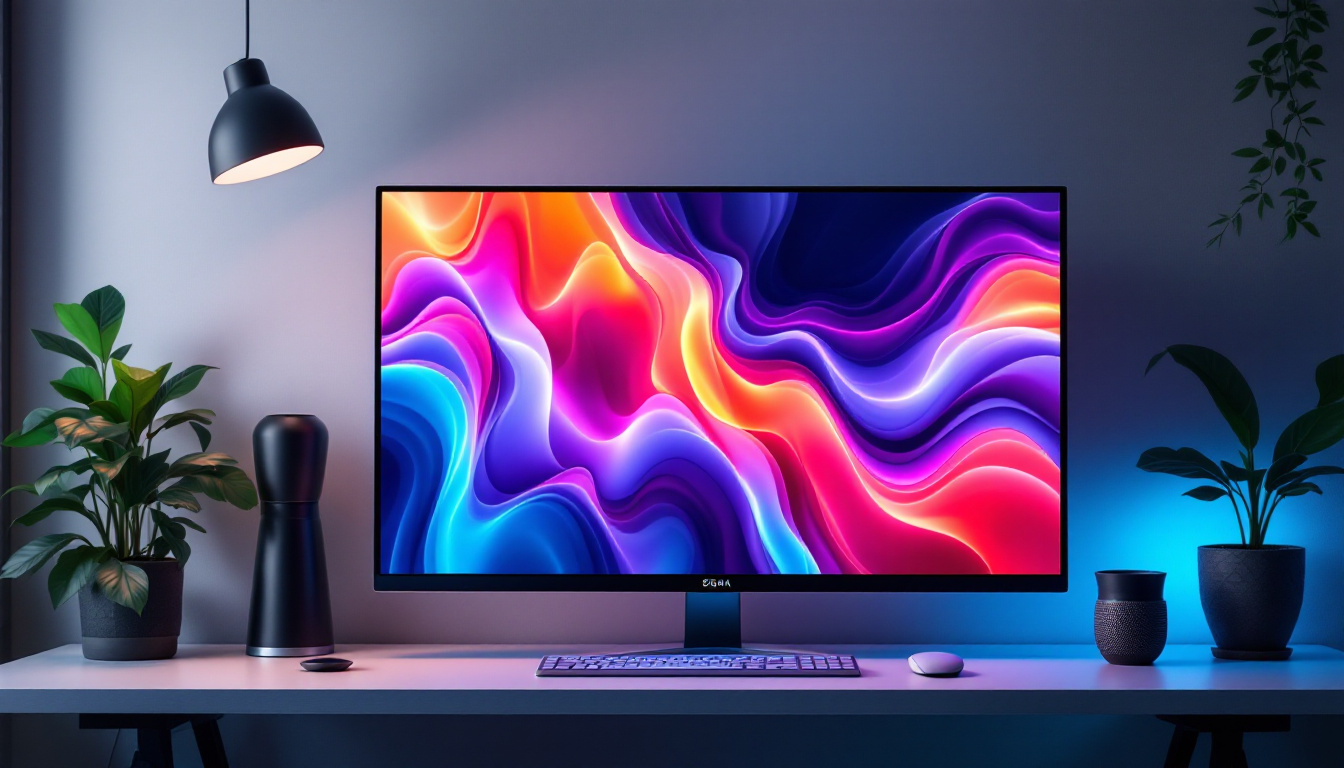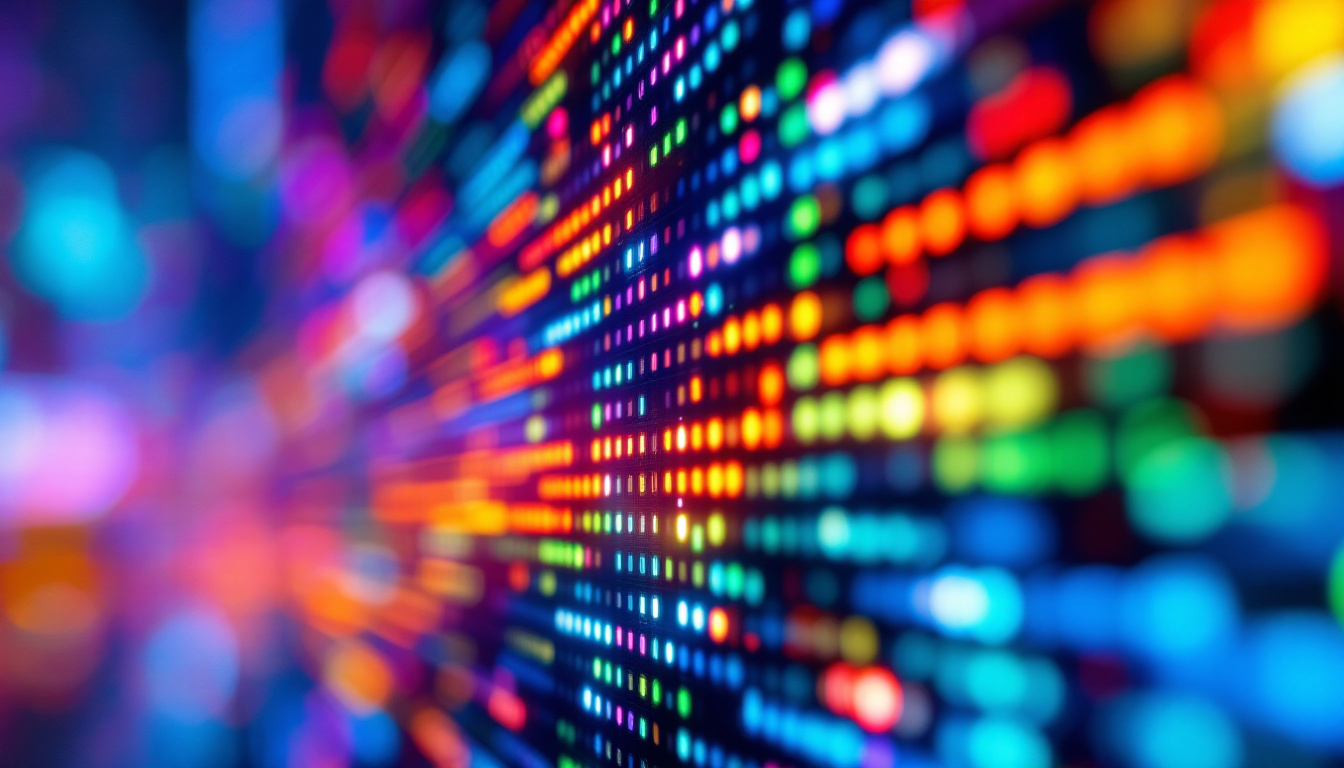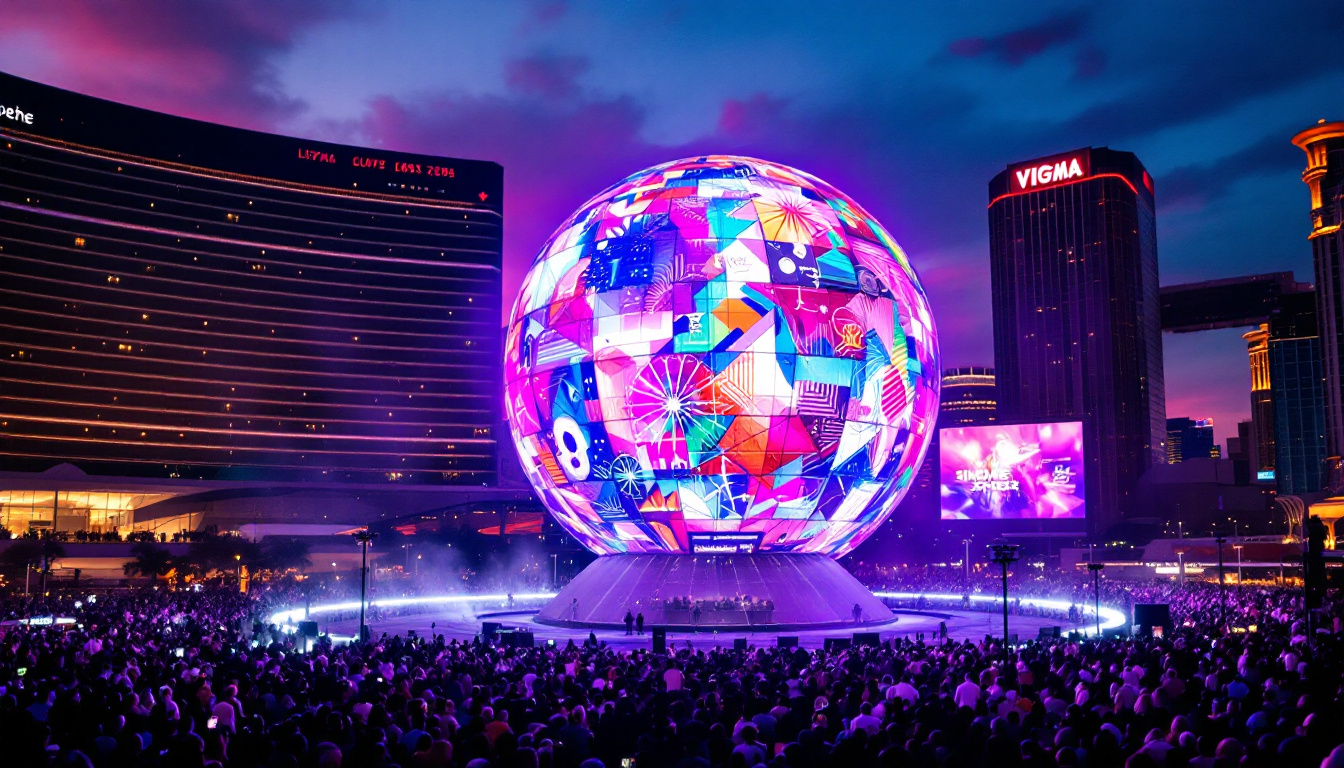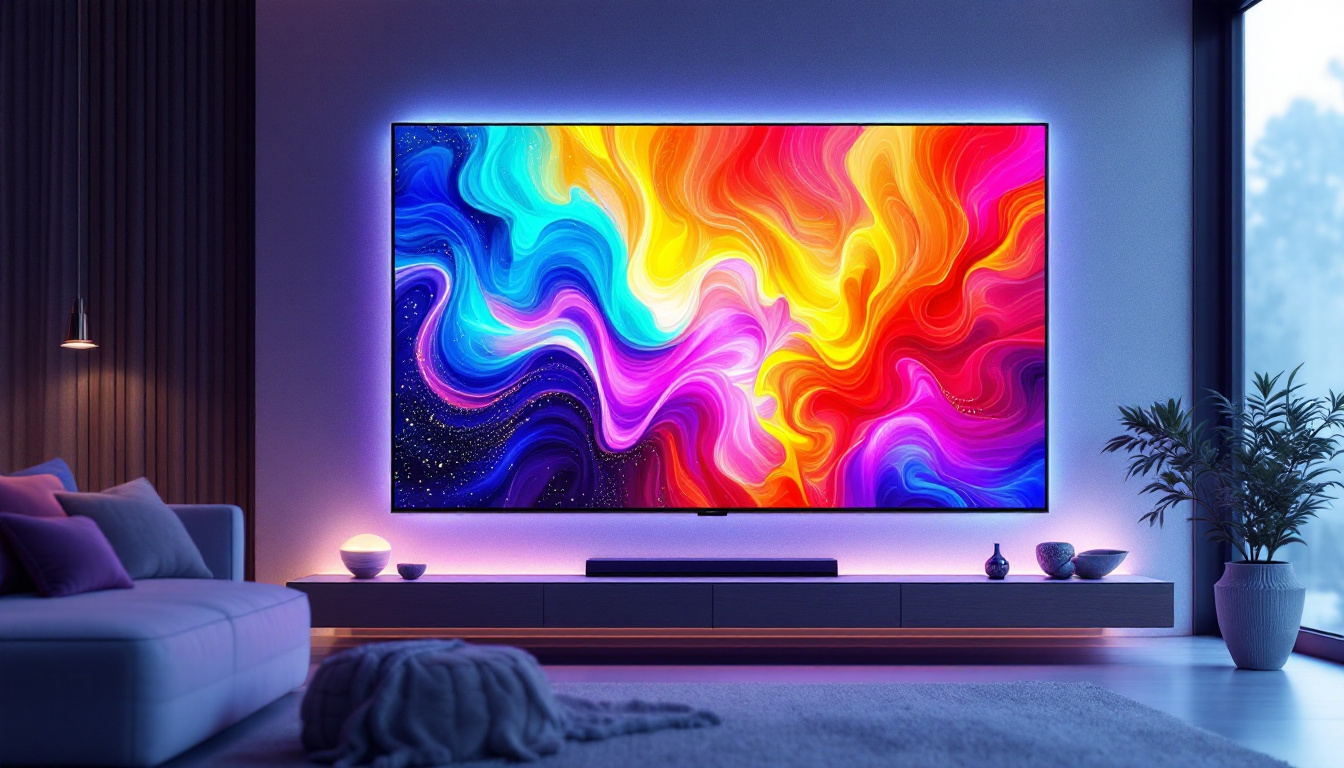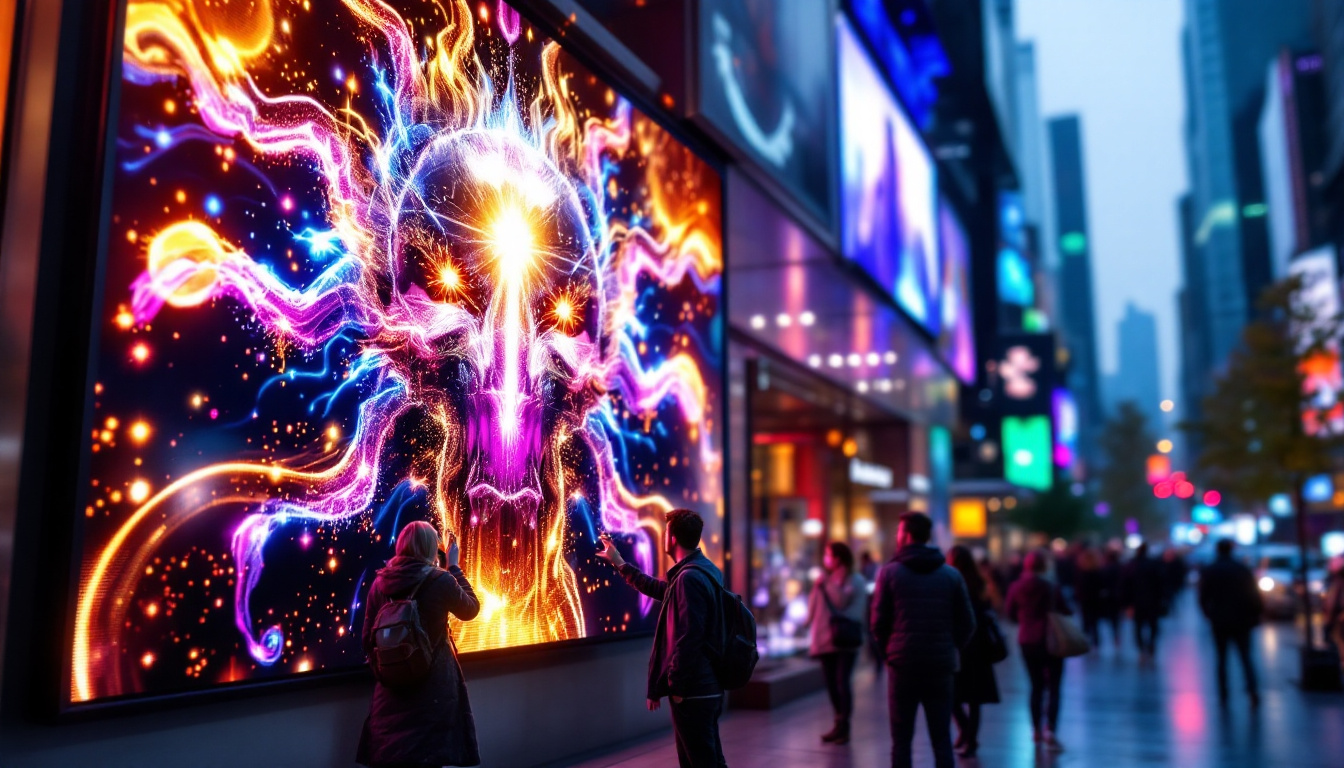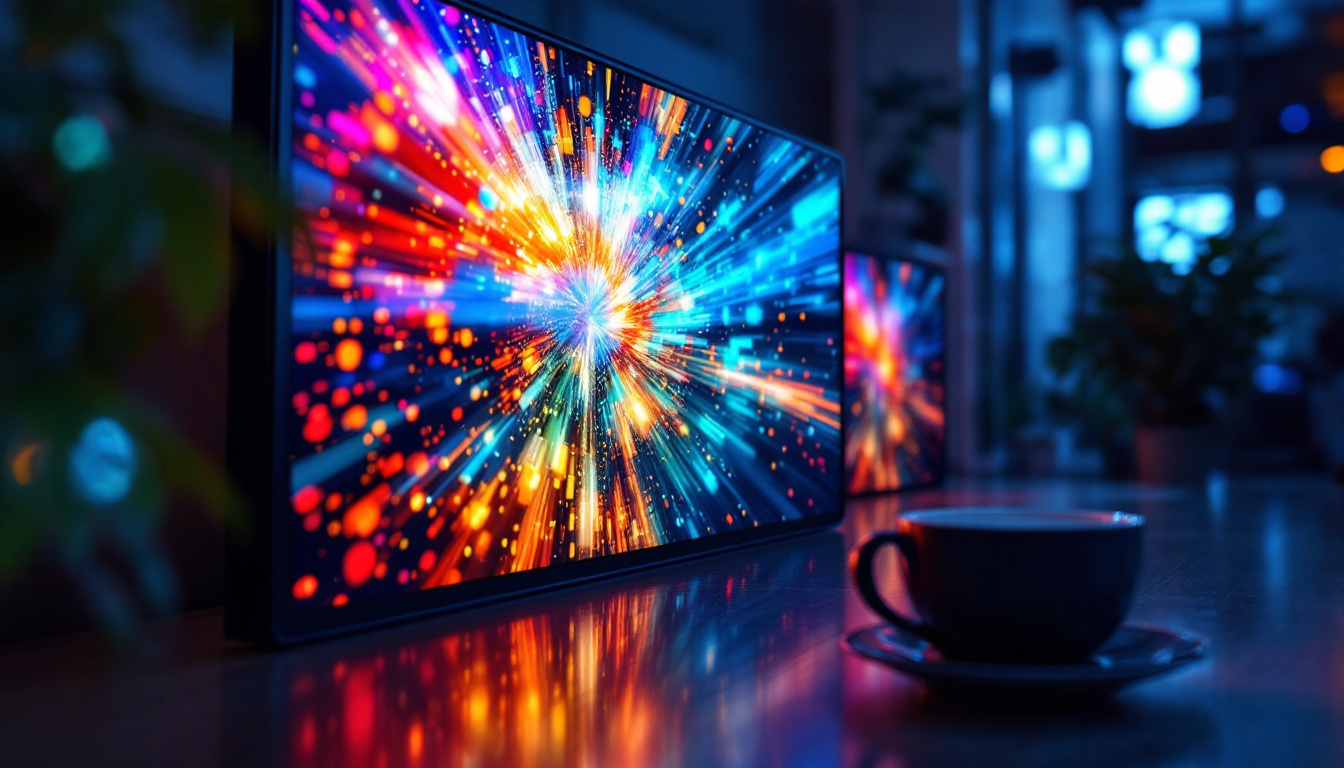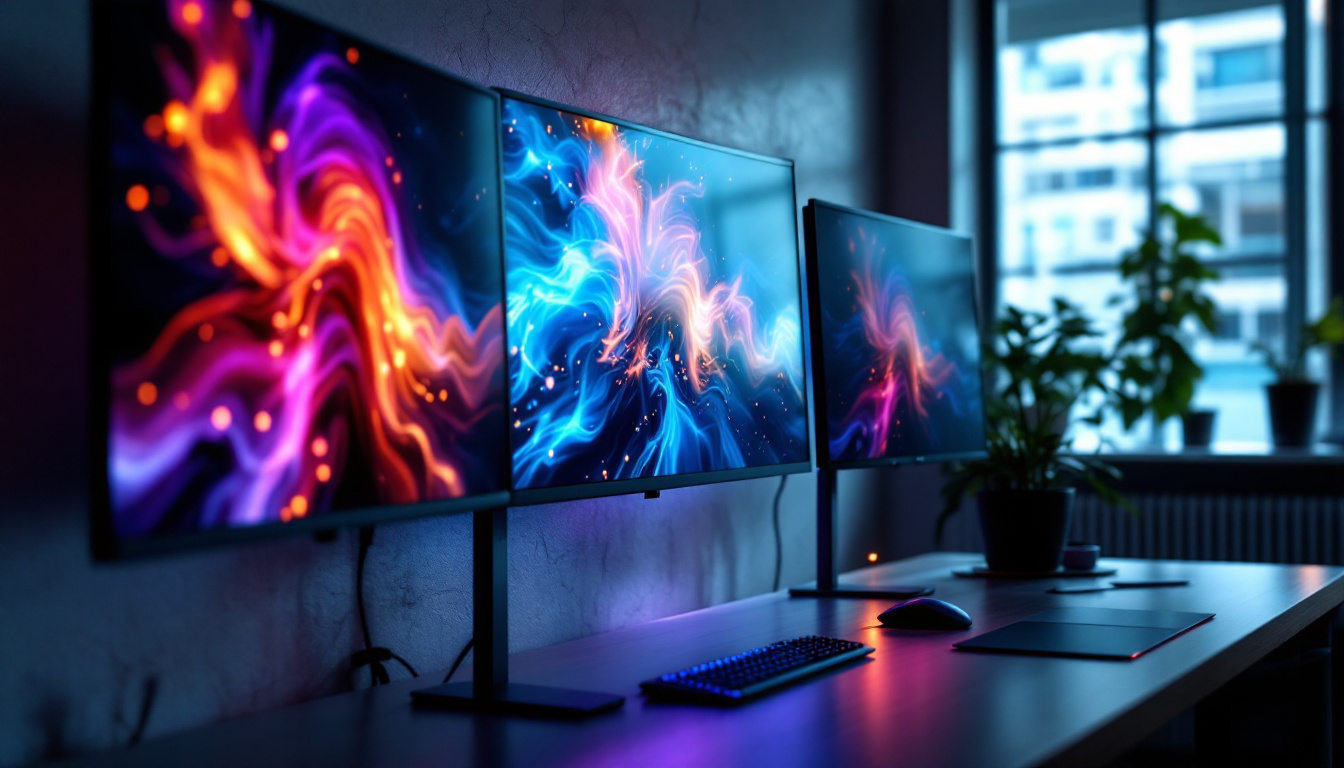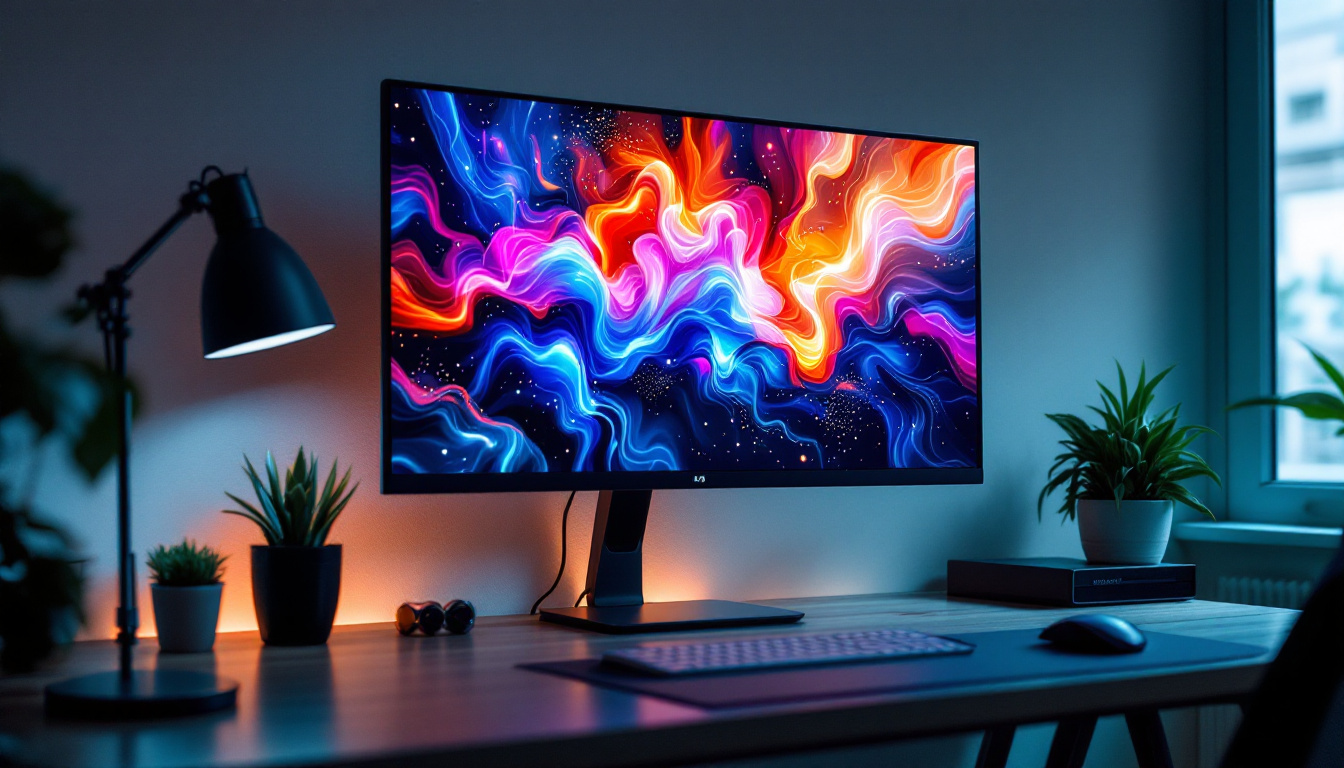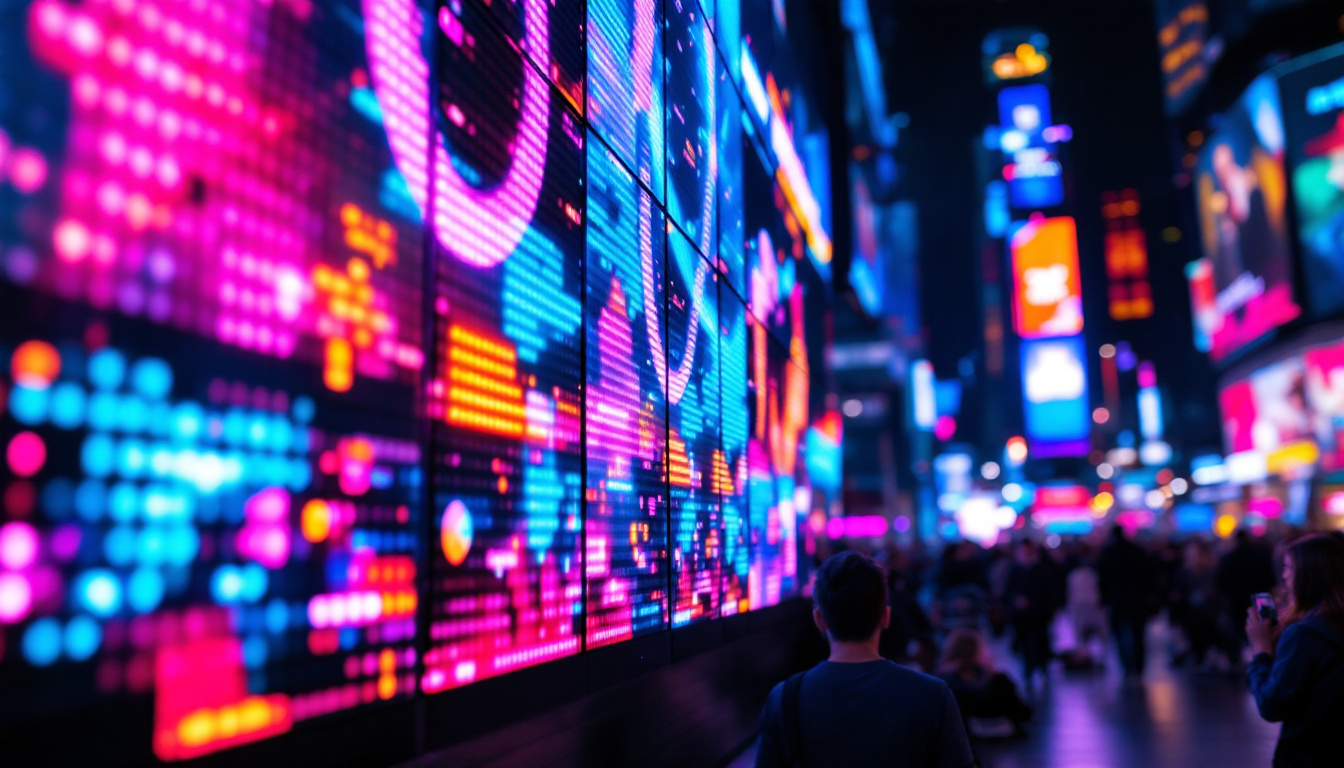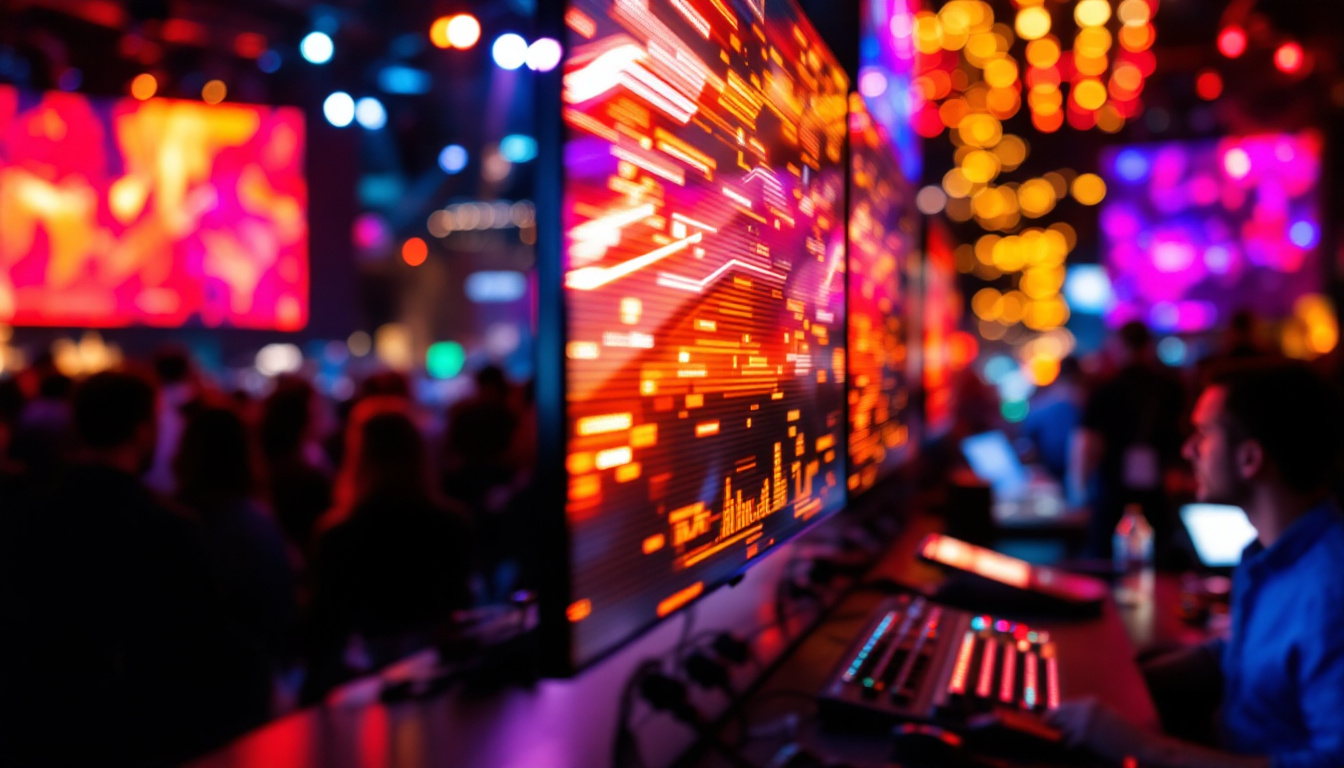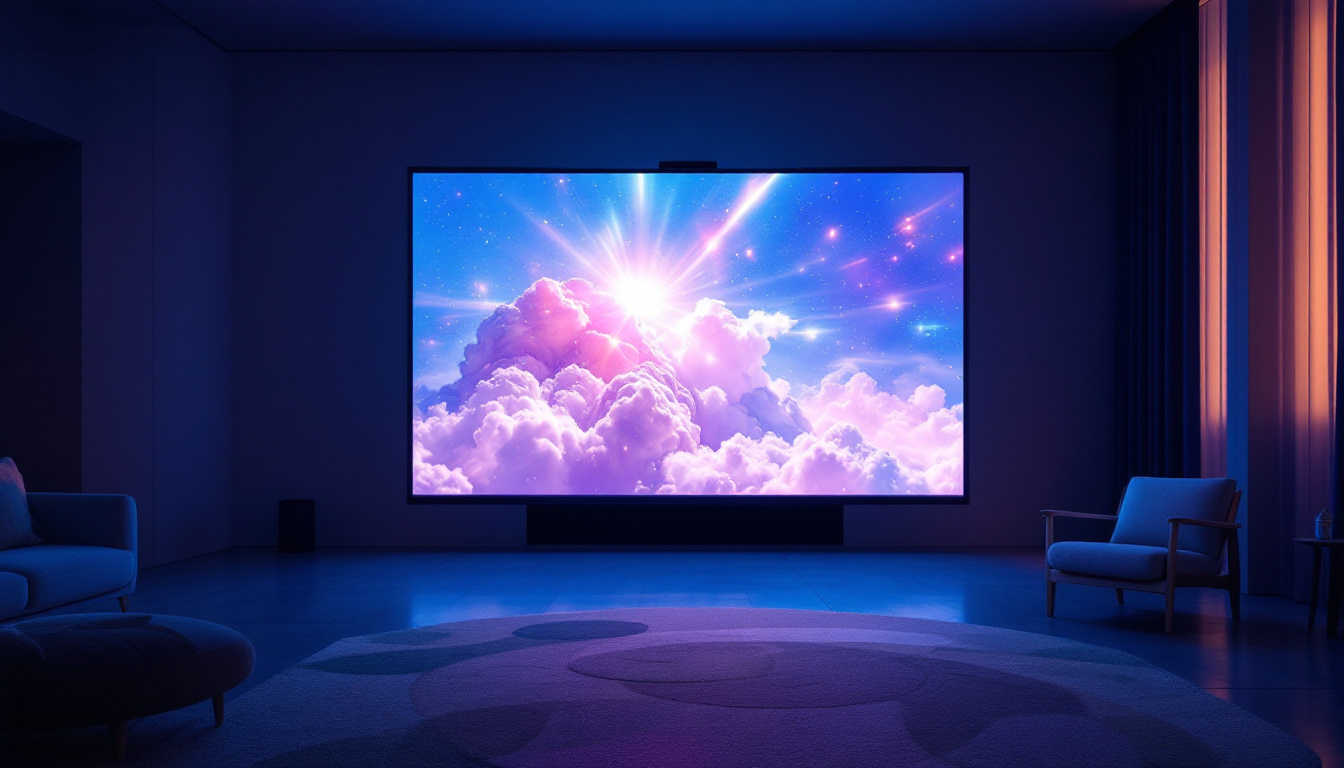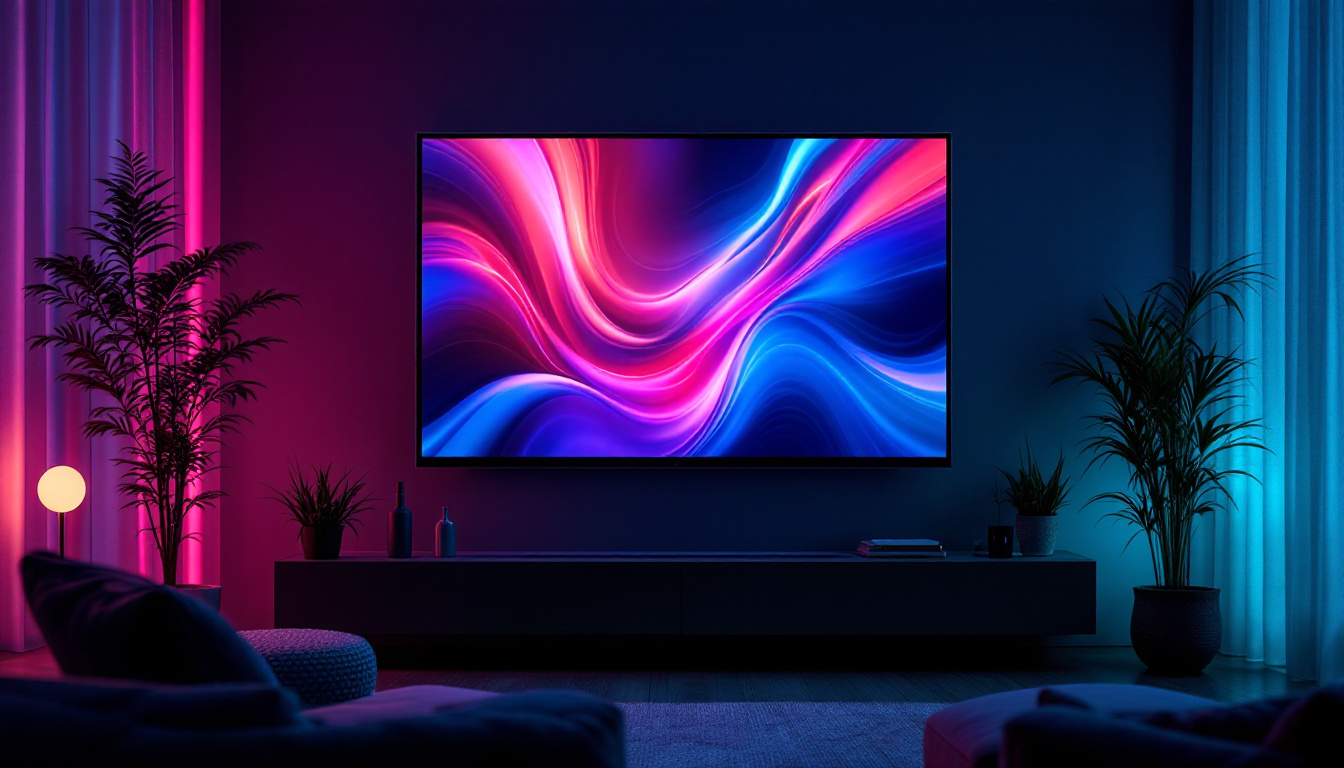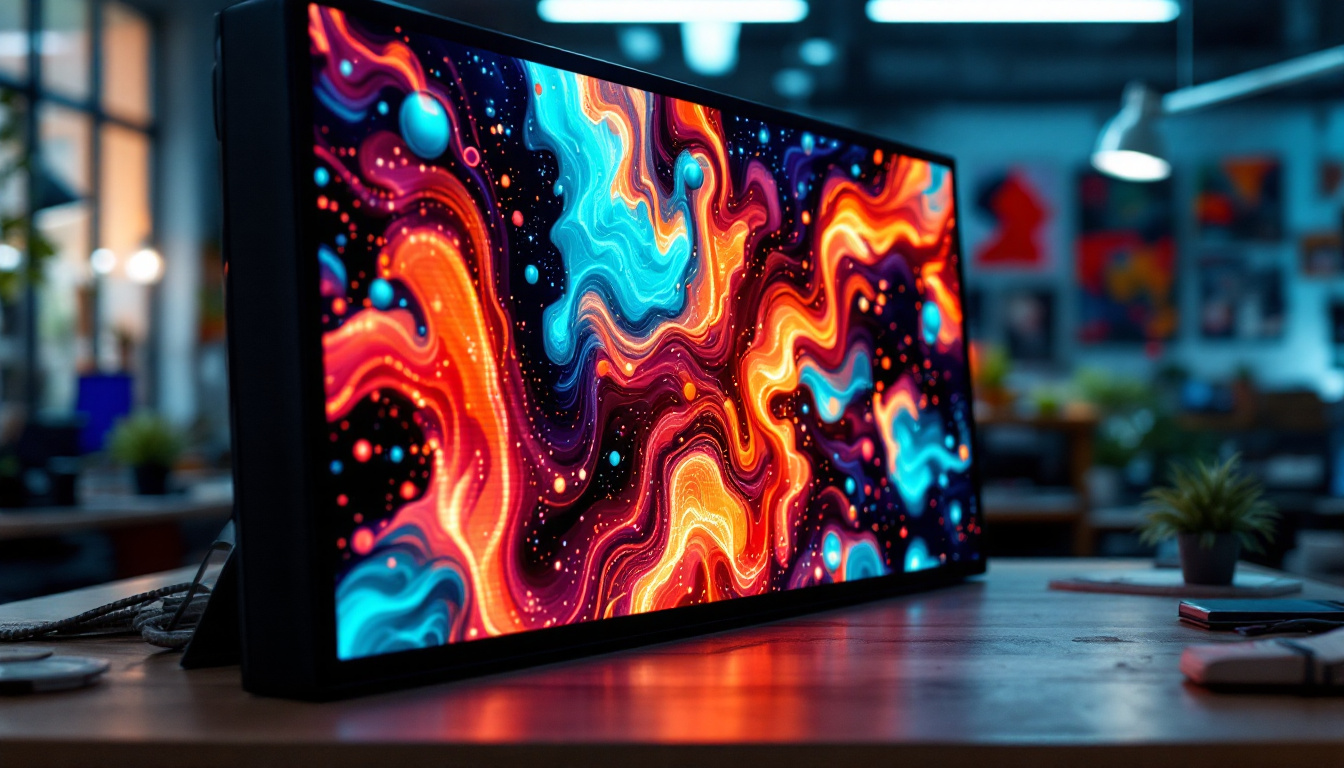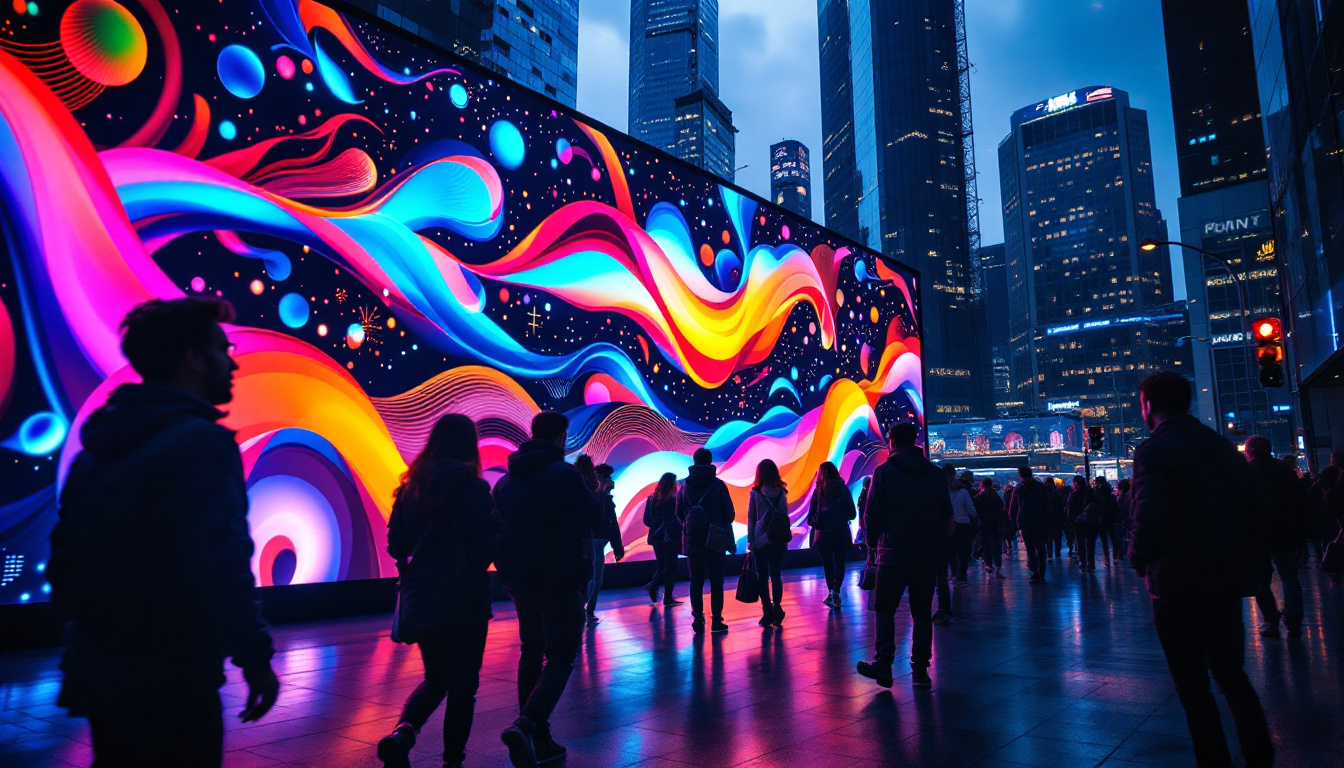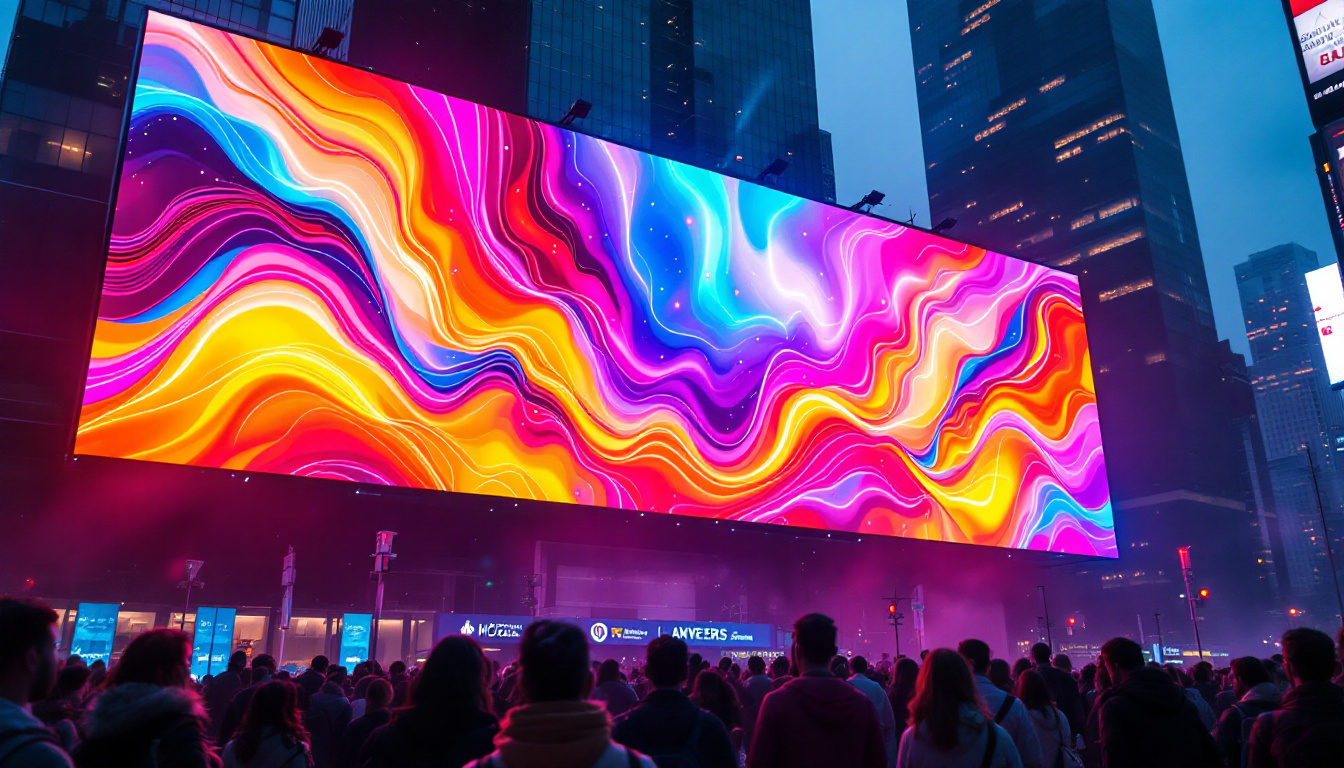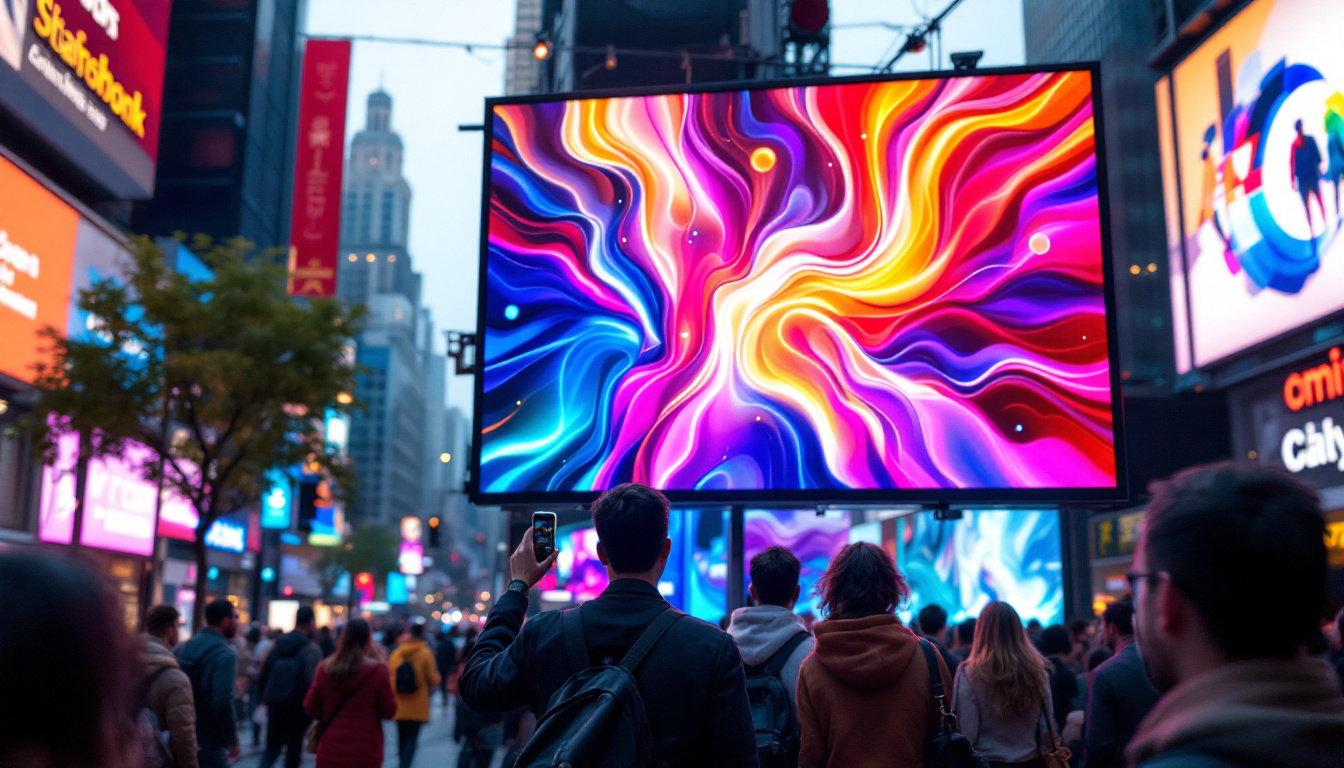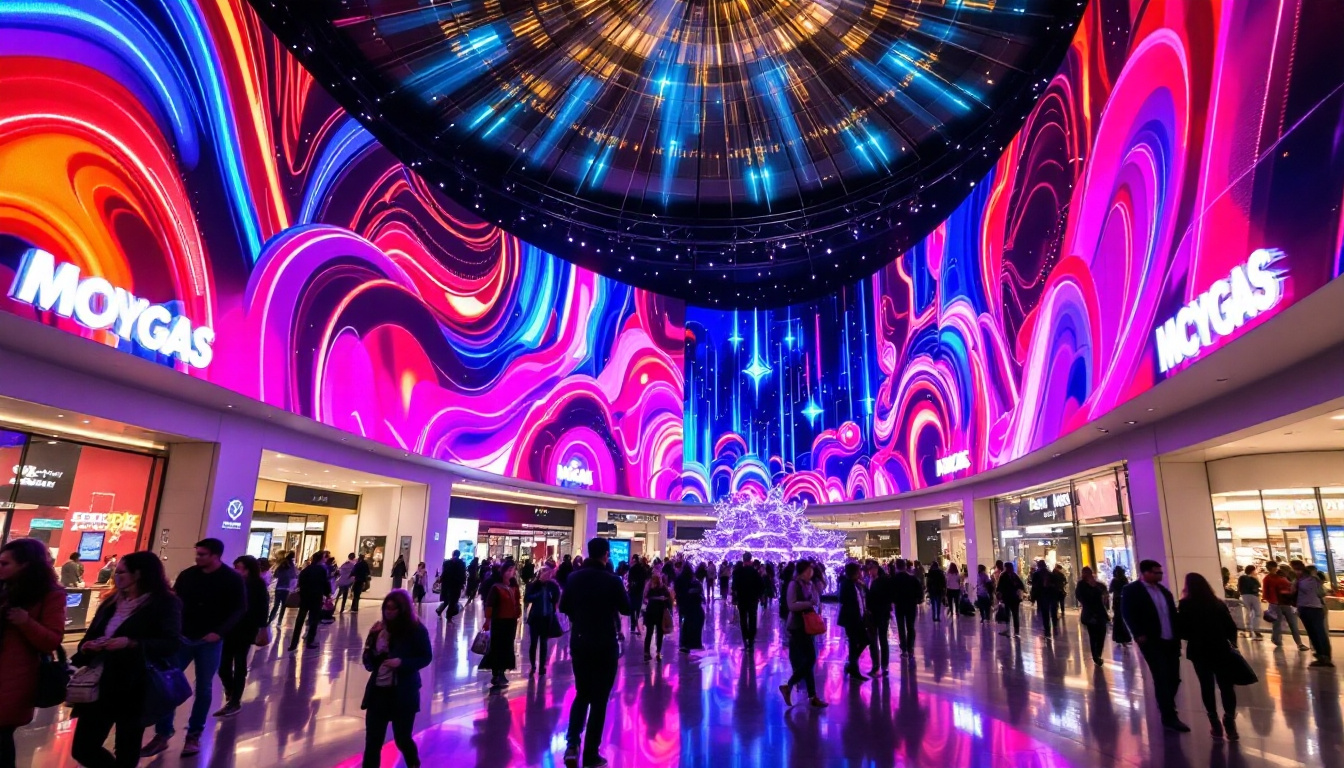In the world of digital displays, understanding the terminology and specifications can often feel overwhelming. One term that frequently arises is “pixels en mm,” which refers to the pixel pitch of LED displays. This article aims to demystify the concept of pixel pitch, its significance, and how it influences the quality of LED displays.
Understanding Pixel Pitch
Pixel pitch is defined as the distance from the center of one pixel to the center of an adjacent pixel, measured in millimeters. This measurement is crucial as it directly affects the resolution and clarity of the display. A smaller pixel pitch indicates a higher pixel density, which typically results in a sharper image.
How Pixel Pitch Affects Image Quality
The relationship between pixel pitch and image quality is significant. Displays with a smaller pixel pitch can produce finer details, making them ideal for close viewing distances. For instance, a display with a pixel pitch of 1.5 mm offers a clearer image than one with a pixel pitch of 5 mm when viewed from the same distance.
Conversely, larger pixel pitches are often more suitable for applications where the audience views the display from a greater distance. In such cases, the individual pixels are less noticeable, and the overall image quality remains acceptable. This is particularly relevant for large-scale events or outdoor advertising, where viewers are typically positioned far away from the screen. The ability to maintain a cohesive image at a distance is essential for effective communication and brand visibility.
Choosing the Right Pixel Pitch
When selecting an LED display, it is essential to consider the intended viewing distance. For example, in a retail environment where customers may be just a few feet away, a smaller pixel pitch would enhance the visual experience. On the other hand, for outdoor billboards viewed from a distance, a larger pixel pitch may suffice. Understanding the specific context of use can significantly influence the choice of pixel pitch, as different environments can dramatically alter how a display is perceived.
Additionally, budget constraints often play a role in this decision. Smaller pixel pitches typically come with higher costs, so balancing quality with budget is crucial for many businesses. It’s also worth noting that advancements in technology are continually evolving the market, leading to more cost-effective solutions without compromising on quality. As manufacturers innovate, the gap between high pixel density and affordability is narrowing, allowing more businesses to invest in high-quality displays that enhance customer engagement and retention.
Types of LED Displays
LED displays come in various types, each designed for specific applications. Understanding these types can help in making informed decisions about which display best suits particular needs.
Indoor LED Displays
Indoor LED displays are designed for environments such as shopping malls, conference centers, and theaters. These displays often feature smaller pixel pitches, ranging from 1.2 mm to 4 mm, allowing for high-resolution images and videos. The vibrant colors and sharp details make them ideal for engaging audiences in close quarters. Additionally, many indoor LED displays are equipped with advanced features such as high refresh rates and wide viewing angles, which enhance the overall visual experience. This makes them particularly effective for dynamic presentations, live events, and interactive displays that require real-time content updates.
Outdoor LED Displays
Outdoor LED displays are built to withstand various weather conditions, making them suitable for advertising billboards and event screens. These displays typically have larger pixel pitches, often ranging from 5 mm to 16 mm or more. The larger pixel pitch ensures that the display remains visible from a distance, where individual pixels are less discernible. Furthermore, outdoor LED displays are designed with robust enclosures that protect against rain, wind, and extreme temperatures. Many of these displays also incorporate features such as automatic brightness adjustment, allowing them to maintain visibility in both bright sunlight and low-light conditions, ensuring that the content remains eye-catching at all times.
Transparent LED Displays
Transparent LED displays are an innovative solution that allows for visibility through the screen while still displaying content. These displays are often used in retail environments to showcase products while maintaining a clear view of the store behind the screen. The pixel pitch in transparent displays can vary, but they are generally designed to balance transparency with image quality. This unique design not only enhances the aesthetic appeal of a space but also provides an interactive experience for customers. For instance, retailers can use transparent displays to show promotional videos or advertisements without obstructing the view of their merchandise, creating a modern shopping atmosphere that invites exploration and engagement. Additionally, these displays can be integrated into architectural designs, serving as both functional signage and artistic elements in buildings.
The Technology Behind LED Displays
LED displays utilize light-emitting diodes (LEDs) to create images. Understanding the technology behind these displays can shed light on their advantages and limitations.
How LEDs Work
LEDs are semiconductor devices that emit light when an electric current passes through them. In an LED display, thousands of these tiny light sources work together to create images. Each pixel consists of multiple LEDs, typically red, green, and blue (RGB), which combine to produce a full spectrum of colors.
The ability to control the intensity of each LED allows for dynamic range and vivid color reproduction, making LED displays a popular choice for various applications. The precise arrangement of these RGB LEDs in a matrix format enables the creation of intricate images and videos, which is particularly beneficial in high-resolution displays. Moreover, advancements in technology have led to the development of micro-LEDs, which are even smaller and can be used to create ultra-high-definition displays with exceptional brightness and contrast ratios.
Advantages of LED Technology
LED displays offer several advantages over traditional display technologies. One of the most notable benefits is their energy efficiency. LED displays consume less power compared to LCD or plasma screens, which can lead to significant cost savings over time.
Additionally, LED displays are known for their durability and longevity. They can withstand harsh environmental conditions, making them suitable for both indoor and outdoor use. Furthermore, LED technology allows for thinner and lighter displays, facilitating easier installation and transportation. The robustness of LED displays also means they are less prone to screen burn-in, a common issue with other types of screens, which enhances their usability in dynamic content scenarios. This resilience makes them ideal for advertising billboards, sports arenas, and other high-traffic areas where visual impact is crucial.
Moreover, the versatility of LED technology extends beyond just displays. It has found applications in various fields, including automotive lighting, architectural illumination, and even horticulture, where specific light wavelengths are used to enhance plant growth. This adaptability highlights the transformative potential of LED technology across multiple industries, making it a cornerstone of modern visual communication and lighting solutions.
Applications of LED Displays
The versatility of LED displays has led to their adoption in various industries. From advertising to entertainment, the applications are vast and varied.
Advertising and Marketing
One of the most prominent uses of LED displays is in advertising and marketing. Digital billboards and storefront displays attract attention with vibrant colors and dynamic content. The ability to change advertisements in real-time allows businesses to target specific audiences and adapt to changing conditions.
Moreover, LED displays can be programmed to display different messages at different times, maximizing their effectiveness as a marketing tool.
Events and Entertainment
In the entertainment industry, LED displays are ubiquitous. Concerts, festivals, and sporting events utilize large LED screens to enhance the audience experience. The high brightness and clarity of LED displays ensure that visuals remain impactful, even in bright outdoor settings.
Additionally, LED technology allows for creative applications, such as video walls and immersive installations, which can transform any event into a memorable experience.
Corporate and Educational Settings
In corporate environments, LED displays are used for presentations, meetings, and information sharing. Their clarity and versatility make them ideal for displaying data, videos, and graphics. Similarly, educational institutions employ LED displays in classrooms and auditoriums to enhance learning experiences.
Interactive LED displays can also facilitate engagement, allowing for real-time participation and collaboration among students and educators.
Future Trends in LED Display Technology
As technology continues to evolve, so too does the landscape of LED displays. Several trends are emerging that promise to shape the future of this industry.
MicroLED Technology
MicroLED technology is gaining traction as a next-generation display solution. MicroLEDs are tiny individual LEDs that can be used to create high-resolution displays without the need for a backlight. This technology offers several advantages, including improved color accuracy, higher brightness levels, and lower power consumption.
As MicroLED technology matures, it is expected to revolutionize the display market, providing new opportunities for innovation in both consumer and commercial applications.
Flexible and Curved Displays
Flexible and curved LED displays are becoming increasingly popular, allowing for creative installations that were previously unimaginable. These displays can be bent or shaped to fit unique spaces, offering new possibilities for design and aesthetics.
From retail environments to art installations, flexible displays are pushing the boundaries of what is possible with LED technology.
Integration with Smart Technology
The integration of LED displays with smart technology is another trend that is gaining momentum. As the Internet of Things (IoT) continues to expand, LED displays can be connected to various devices and systems, enabling real-time data sharing and interactivity.
This integration allows for personalized content delivery, enhancing user experiences and making displays more relevant to their audiences.
Conclusion
Understanding “pixels en mm” and the intricacies of LED display technology is essential for making informed decisions in today’s digital landscape. The pixel pitch plays a critical role in determining image quality, while the various types of LED displays cater to specific needs across different industries.
As technology evolves, the future of LED displays looks promising, with innovations such as MicroLEDs, flexible designs, and smart integrations on the horizon. Embracing these advancements will enable businesses and individuals to harness the full potential of LED displays, transforming how information is shared and experienced.
In a world where visual communication is paramount, staying informed about the latest developments in LED display technology is not just beneficial—it’s essential.
Explore Cutting-Edge LED Display Solutions with LumenMatrix
Ready to elevate your visual communication with the latest in LED display technology? LumenMatrix is at the forefront of innovation, offering a diverse range of LED display modules designed to captivate and engage. From Indoor and Outdoor LED Wall Displays to specialized solutions like Vehicle LED Displays, LED Posters, and even Custom and All-in-One LED Displays, we have the technology to bring your brand to life. Experience the future of digital signage with our LED Sports Displays, Floor LED Displays, and LED Transparent Displays. Discover how LumenMatrix can transform your visual storytelling and enhance your audience’s experience. Check out LumenMatrix LED Display Solutions and join the revolution in visual communication.


